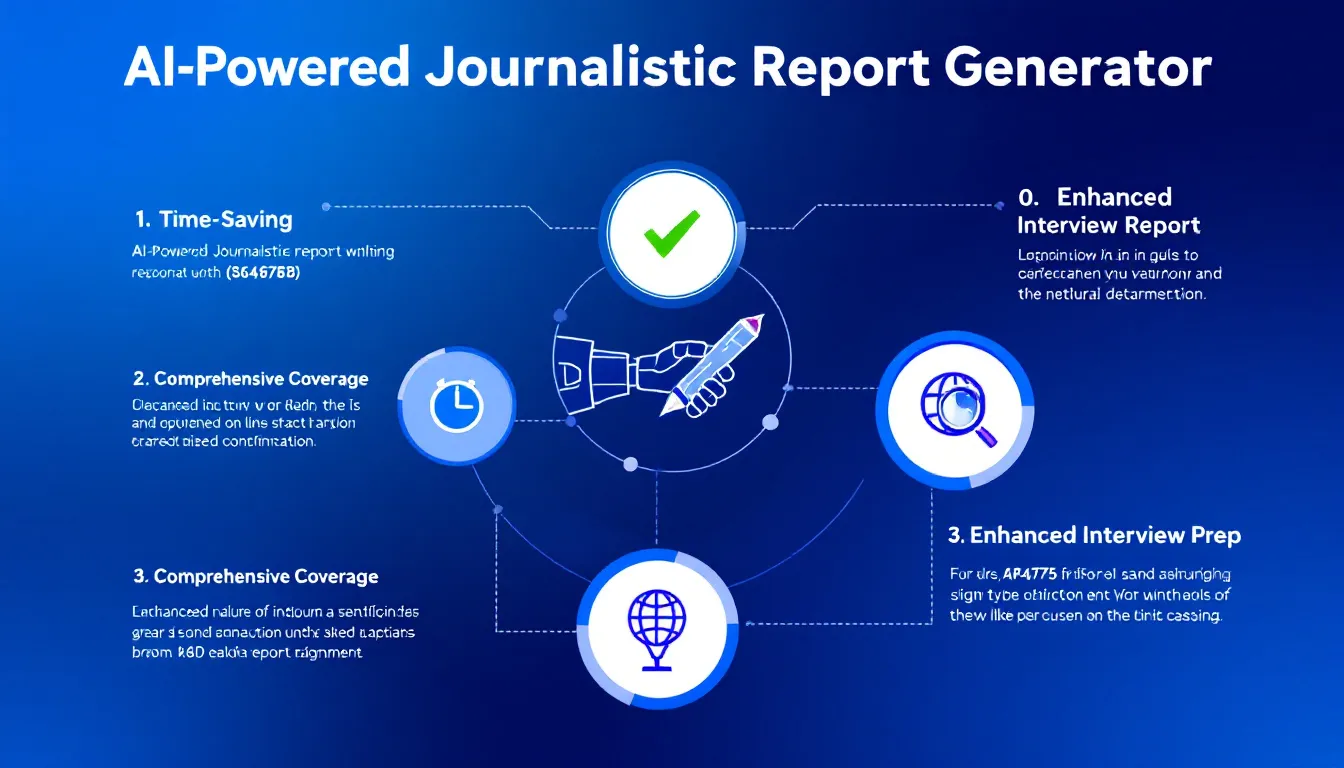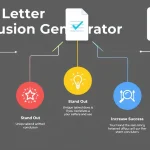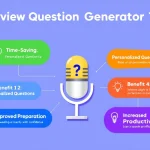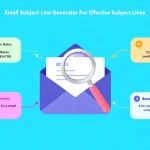Journalistic Report Generator
Is this tool helpful?
How to Use the Journalistic Report Generator Effectively
The Journalistic Report Generator helps you quickly create in-depth background reports on any topic. Follow these simple steps to get the most out of this tool:
- Enter your main topic: In the input field, type the key subject you want to explore. For example, you could enter “Renewable Energy Policy” or “Urban Transportation Challenges”.
- Click “Generate Journalistic Report”: Hit the button to start producing a detailed report about your chosen topic.
- Review the output: After processing, the tool displays a comprehensive journalistic report below the form.
- Copy the report for use: If the report suits your needs, copy it easily for further editing or inclusion in your research.
This tool streamlines your research by providing a well-rounded summary immediately, saving you valuable time during the early phases of your investigation.
Introducing the Journalistic Report Generator: Definition, Purpose, and Benefits
The Journalistic Report Generator is an AI-driven research assistant that produces thorough reports on virtually any topic you specify. Its purpose is to help journalists, researchers, and content creators gather well-organized background information, historical context, and recent developments quickly and efficiently.
By using this tool, you can gain several benefits:
- Quick access to comprehensive information: Avoid spending hours sifting through sources.
- Balanced perspective: The AI synthesizes data from multiple viewpoints for objective content.
- Up-to-date insights: You receive information reflecting recent events and trends.
- Research inspiration: Identify key issues and questions worthy of deeper investigation.
This makes the tool an essential helper for journalists looking to build a strong factual base before diving into original reporting or interviews.
Practical Uses and Applications of the Journalistic Report Generator
The Journalistic Report Generator adapts well to various journalistic needs and research scenarios. Here are some ways you can apply this tool effectively:
1. Breaking News Coverage
You can rapidly generate background reports on unfolding events, enabling you to provide timely and context-rich news stories. For example, when covering an unexpected natural disaster, generate reports on the affected region’s history, emergency response policies, and previous incidents.
2. Investigative Journalism
Before deep investigative work, use the tool to compile a broad overview of relevant topics like corporate regulation or political movements. This foundation helps you identify leads and connections to pursue further.
3. Feature Stories and In-Depth Analysis
Use the generator to outline complex issues such as healthcare reforms or climate change action plans, saving time while ensuring your writing explores multiple facets comprehensively.
4. Interview Preparation
Prepare your questions intelligently by generating detailed profiles on interview subjects, their fields, and recent related developments.
5. Fact-Checking and Verification
Leverage the synthesized information as a starting point for verifying claims and cross-referencing facts in fast-paced reporting environments.
Enhancing Your Journalism with the Report Generator
Rapid Research
In journalism, speed matters. This tool reduces initial research time from hours to minutes, so you can respond quickly to developments while maintaining thoroughness.
Broad and Balanced Coverage
AI gathers data from diverse, reputable sources to give you a well-rounded view, helping you spot angles and insights you might otherwise miss.
Improved Interview Readiness
With up-to-date background knowledge, you’ll ask more informed and relevant questions during interviews, making your conversations richer and more productive.
Contextual Storytelling
This tool helps place current events within larger historical and social frameworks, deepening the impact and clarity of your stories.
Overcoming Common Journalistic Challenges
1. Managing Information Overload
Instead of drowning in endless articles and reports, the tool gives you a clear summary of key points, letting you focus on what matters.
2. Beating Time Pressure
Tight deadlines demand quick research. This tool accelerates your workflow without sacrificing depth.
3. Covering Diverse Topics
Whether you’re stepping into unfamiliar fields or juggling different beats, access foundational knowledge instantly.
4. Identifying Key Sources and Experts
Reports often flag important players, organizations, and specialists, helping you find interview subjects or validate information faster.
5. Understanding Historical Trends
Get clear insights into the background and evolution of your topic, essential for nuanced and thorough reporting.
Frequently Asked Questions (FAQ)
How does the Journalistic Report Generator work?
It uses advanced AI language models trained on diverse data sources to analyze your input topic and generate a balanced, comprehensive report synthesizing key information.
Can I use the generated report directly in my articles?
The report serves as a strong research foundation. You should verify facts, add your insights, and ensure originality before publishing.
How up to date is the information?
The tool draws from databases updated regularly. For fast-changing topics, double-check the latest details with additional resources.
Can I generate reports on any topic?
Yes, it covers a wide range of areas including politics, technology, environment, economics, and culture, though very niche subjects may have limited detail.
How do I ensure the information’s accuracy?
Use the report as a starting point for fact-checking through reputable sources and interviews to maintain your journalistic standards.
Is the tool multilingual?
Currently, it generates content in English, with plans to support other languages in future updates.
How does this compare with traditional research?
It speeds up initial research but works best alongside traditional methods, interviews, and on-the-ground reporting for thorough journalism.
Why You Should Incorporate the Journalistic Report Generator into Your Workflow
The Journalistic Report Generator equips you to produce more informed, accurate, and insightful journalism. By delivering concise, well-organized reports quickly, it helps you focus your time on original reporting and storytelling. This AI-assisted research tool fits seamlessly into fast-paced newsrooms and solo reporting alike, enhancing your ability to cover diverse topics with confidence and clarity.
Important Disclaimer
The calculations, results, and content provided by our tools are not guaranteed to be accurate, complete, or reliable. Users are responsible for verifying and interpreting the results. Our content and tools may contain errors, biases, or inconsistencies. Do not enter personal data, sensitive information, or personally identifiable information in our web forms or tools. Such data entry violates our terms of service and may result in unauthorized disclosure to third parties. We reserve the right to save inputs and outputs from our tools for the purposes of error debugging, bias identification, and performance improvement. External companies providing AI models used in our tools may also save and process data in accordance with their own policies. By using our tools, you consent to this data collection and processing. We reserve the right to limit the usage of our tools based on current usability factors.







